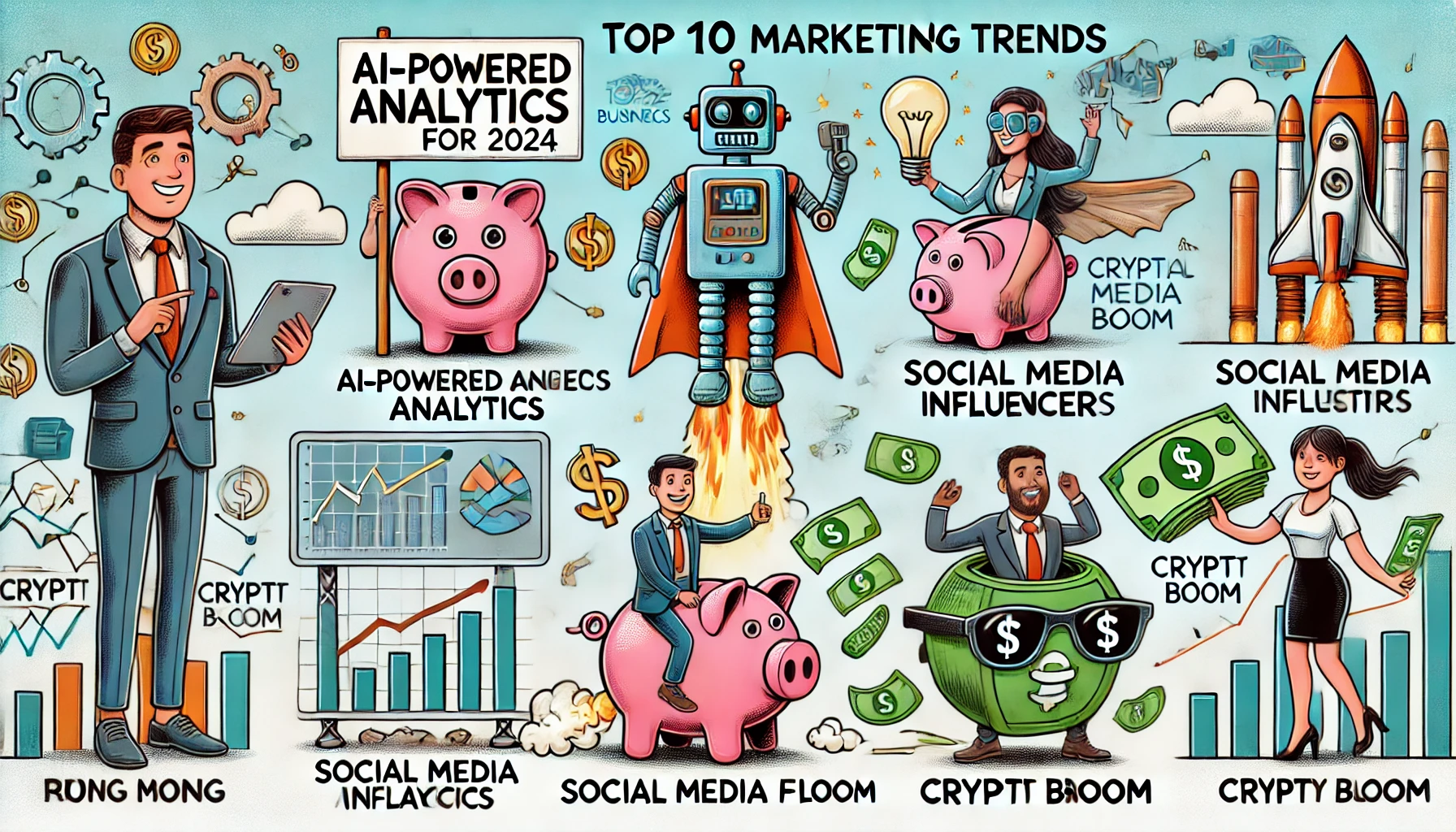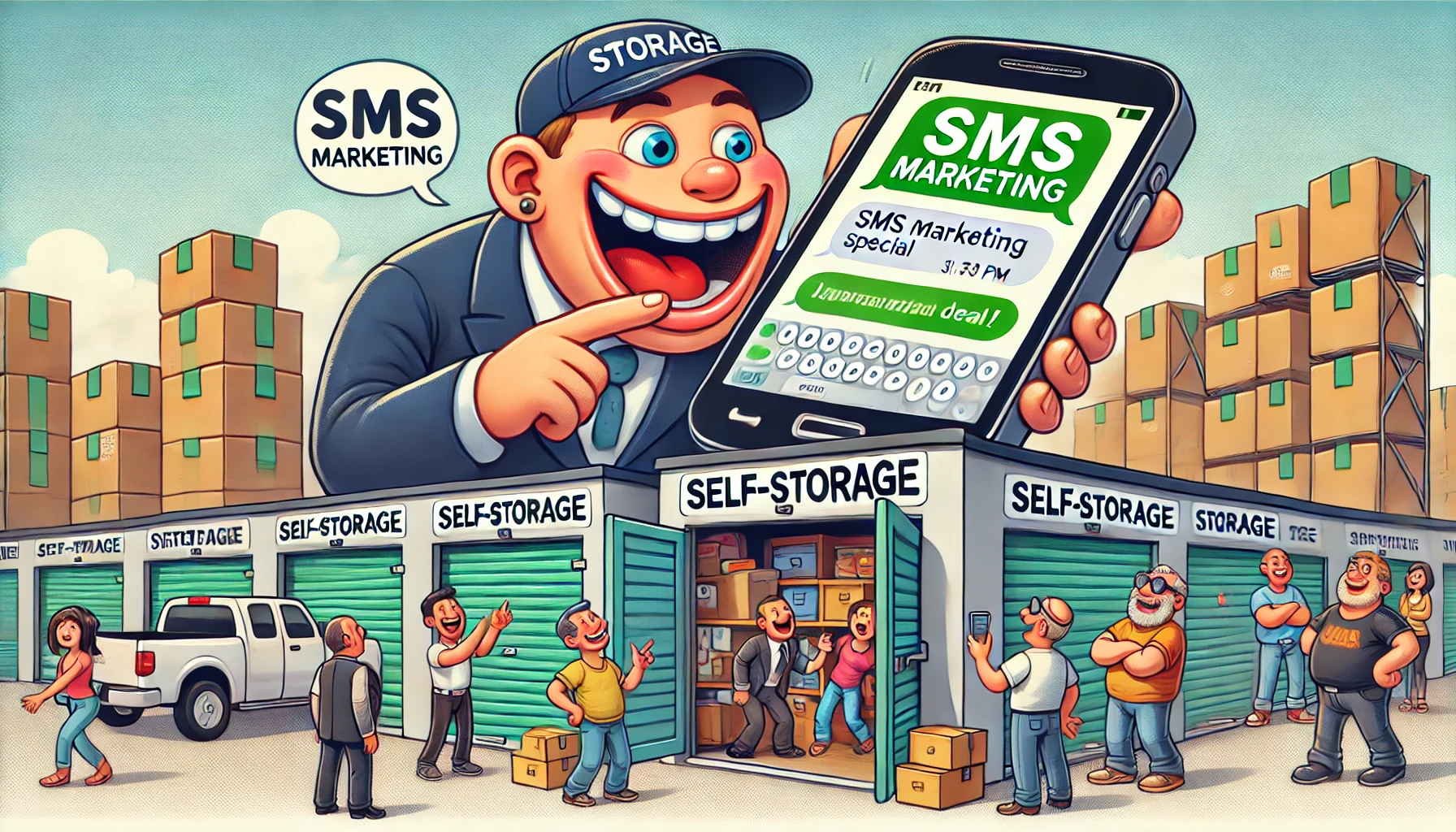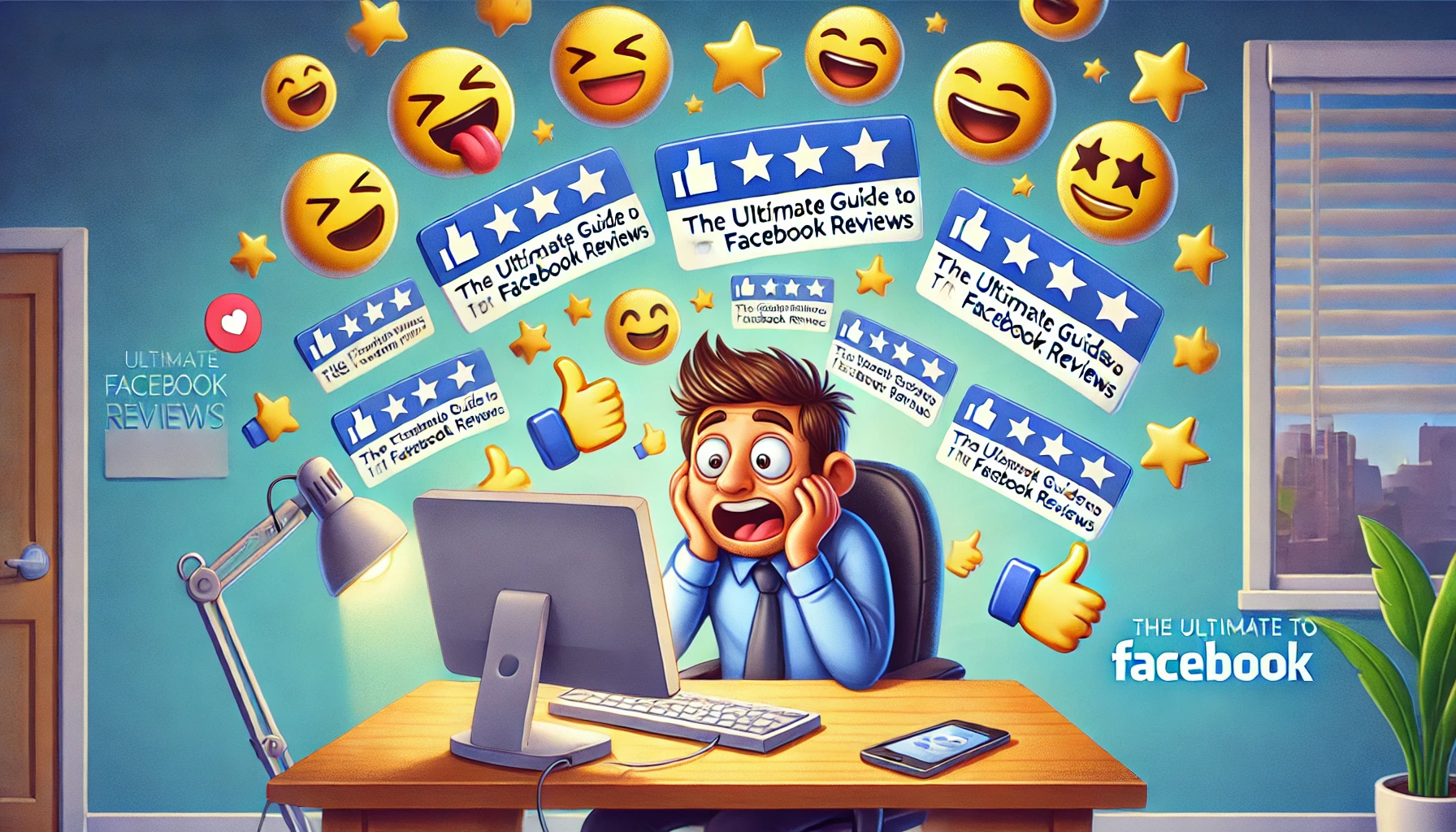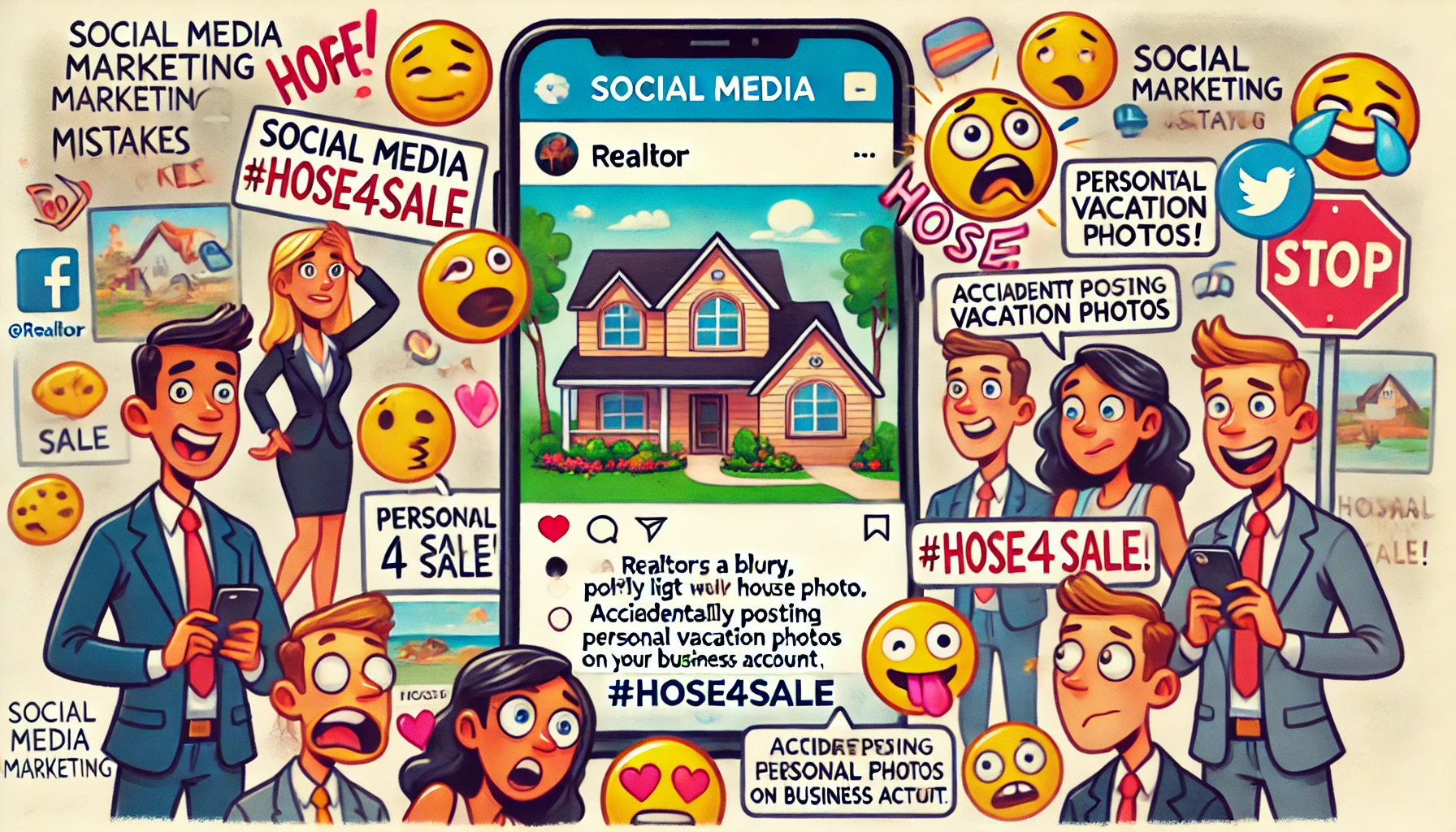Mastering customer invoicing: enhance efficiency, boost loyalty, improve satisfaction
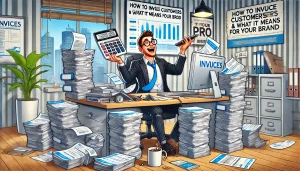
Understanding your brand
After a long day’s work in the field, you’ve finished your tasks and left your clients satisfied. However, the job isn’t fully complete until you’ve collected payment, which is where the invoicing process comes in.
Invoicing is straightforward: perform services, bill the clients, and collect payments. An invoice is essentially a bill issued to your customers post-service.
It details the services provided, the amount due, the payment due date, and payment methods. If you’re unfamiliar with the basics of invoicing, consider revisiting educational resources available on the topic.
Invoicing isn’t just about receiving payments; it’s a critical touchpoint for customer interaction, impacting your brand and reputation.
Many believe a brand is just a logo, but it encompasses more—it represents your company’s values, beliefs, and the customer experience you provide. Your brand differentiates you from competitors and can provide a competitive edge.
Every customer interaction, whether answering calls professionally, responding to a service request, or sending an invoice, showcases your brand.
Enhancing client impressions through invoicing
Service businesses often excel in customer interaction during the service but drop the ball during the payment phase.
Here are effective strategies for invoicing:
Deliver as expected
Ensure your invoices align with client expectations to avoid surprises. Regular clients should have predictable billing schedules, and one-off jobs should be invoiced promptly to facilitate quick payment.
Clear communication about payment timelines and methods is crucial, and maintaining updated contact information on invoices can preempt and resolve queries swiftly.
Simplify the payment process
Offering modern payment options like ePayments not only enhances the customer experience by eliminating the need for checks but also improves your cash flow. Data shows that businesses offering ePayments tend to receive payments twice as fast as those receiving cash and three times faster than those paid by check, with Jobber clients processing over $100 million in services monthly.
Politeness matters
A simple “please” and “thank you” can significantly enhance your brand’s perception and customer service.
Professional invoicing
View invoicing not just as a task for payment collection but as an opportunity to showcase attention to detail and customer care.
Stand out by refining how you invoice—it’s not just administrative; it’s part of your professional service. Start invoicing like a pro today!
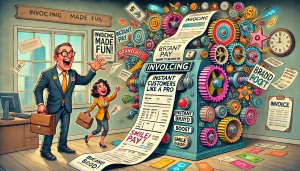
Invoicing practices for different business models
Service-based businesses
For businesses like graphic design firms or consulting agencies, invoices are typically sent after the service is completed. For instance, a graphic design firm may invoice after finishing a website design.
Some service businesses might ask for a deposit or partial payment upfront, particularly for larger projects or new client relationships to secure their financial involvement.
Product-based businesses
These businesses usually invoice at the point of sale, similar to retail transactions. For example, a furniture manufacturer would invoice a retailer upon delivery.
In scenarios involving custom products like bespoke suits, a deposit might be required upfront with the remaining balance invoiced upon delivery.
Progress billing
Applicable to extensive projects like construction, progress billing involves invoicing at set project milestones. For instance, a construction company might invoice 25% upfront for materials, followed by additional invoices at various construction stages, and the final installment upon project completion.
Recurring billing
Businesses that offer subscriptions or ongoing services, like fitness studios or software companies, often employ a recurring billing model. Invoices are sent at regular intervals (monthly, quarterly, or annually) based on the service agreement.
Up-front payment
Some businesses require full payment upfront, especially when significant investments or risks are involved. A typical example is a custom jeweler who needs full payment before sourcing materials and starting on a custom piece.
Retainer model
In this model, clients pay a set fee upfront each month for a specified number of service hours. This is common among law firms and consulting agencies, ensuring they have predictable income while providing ongoing services to the client.

Effective invoice management
Sending an invoice is a crucial step in maintaining a healthy cash flow and managing a business’s finances. Here are the steps involved:
Understand the client’s invoicing process: Before sending an invoice, know the client’s specific requirements, such as needing a purchase order number or a particular invoice format.
Prepare and review the invoice: Create an invoice with all necessary details—seller and buyer information, invoice number, detailed description of services or goods, costs, and payment terms. Ensure accuracy to facilitate quick processing.
Send the invoice: Use email or invoicing software to send the invoice directly to the correct contact or department. This helps in avoiding delays in payment processing.
Follow up: Monitor the invoice status and follow up with the client if payment is not received by the due date. This could be a reminder email or a call to ensure there are no issues with the invoice.
Receive and record payment: Upon payment, record the transaction in your accounting system and, if required, send a receipt to the client. This helps in keeping financial records accurate and up-to-date.
Handle late payments: If a payment is overdue, additional actions such as sending formal reminders, applying late fees, or legal action may be necessary depending on the severity of the delay.
Maintain records: Keep detailed records of all invoices, payments, and communications for auditing purposes and to resolve any potential disputes in the future.
By implementing structured invoicing practices tailored to the business model and maintaining diligent records, businesses can ensure efficient financial management and foster strong relationships with their clients.

Expert opinions on how to invoice customers
Jessica Hammersmith, brand loyalty specialist: “Invoices often represent the end of a transaction but should also encourage future business. Including personalized messages, special offers, or loyalty discounts can transform invoices from mere financial transactions into tools for marketing and customer retention.”
Raj Patel, business process consultant: “Streamlining the invoicing process reduces errors and delays, which in turn minimizes customer frustrations. A professional invoicing system should include features like invoice tracking and reporting, which not only helps businesses manage their receivables more effectively but also enhances the perceived reliability of the brand.”
Annabelle Lin, e-commerce strategist: “For e-commerce, where direct customer interaction is limited, invoicing is a direct communication line. Efficient, error-free, and branded invoicing can elevate a customer’s shopping experience, reinforcing the professionalism of an online store.”

 6 min
6 min 
